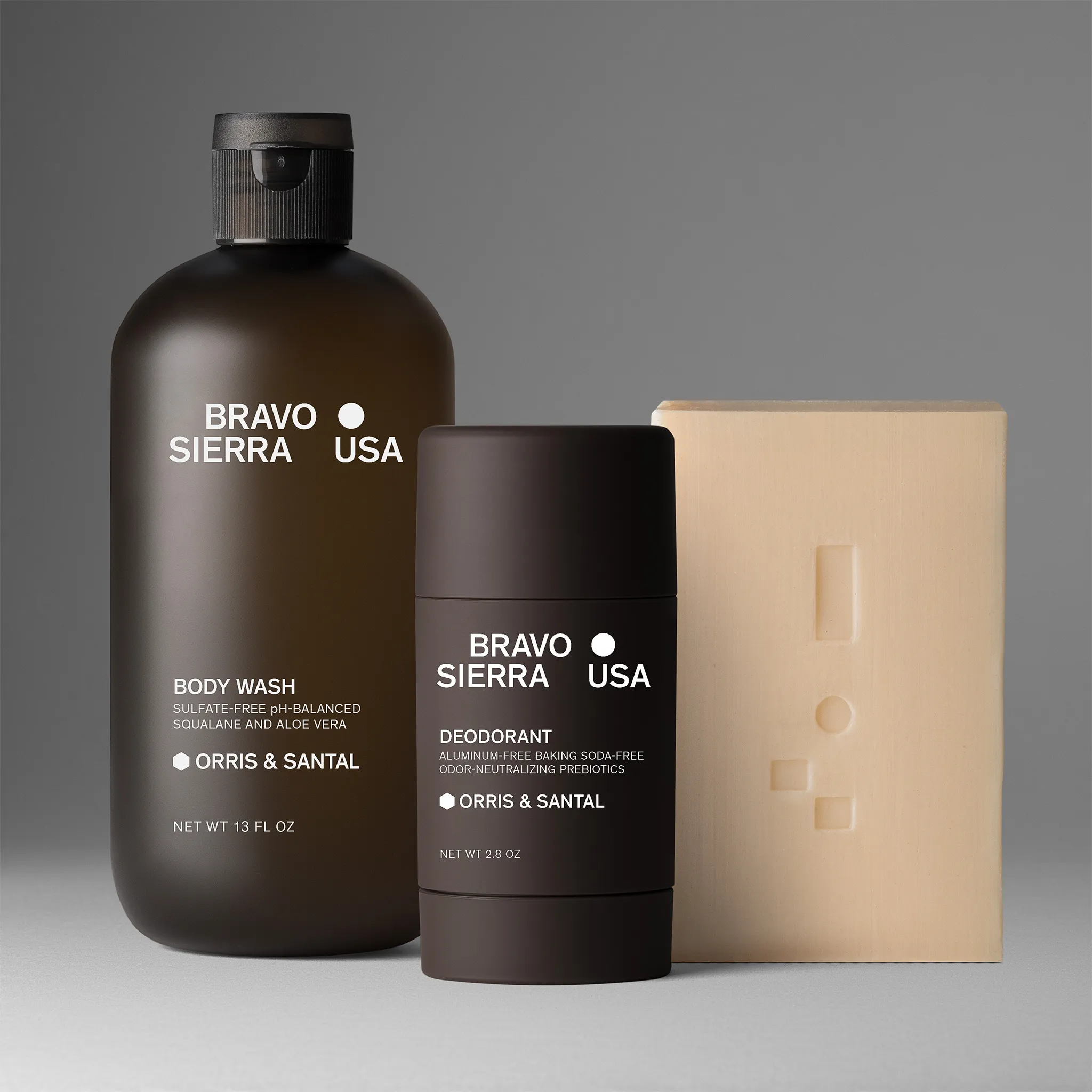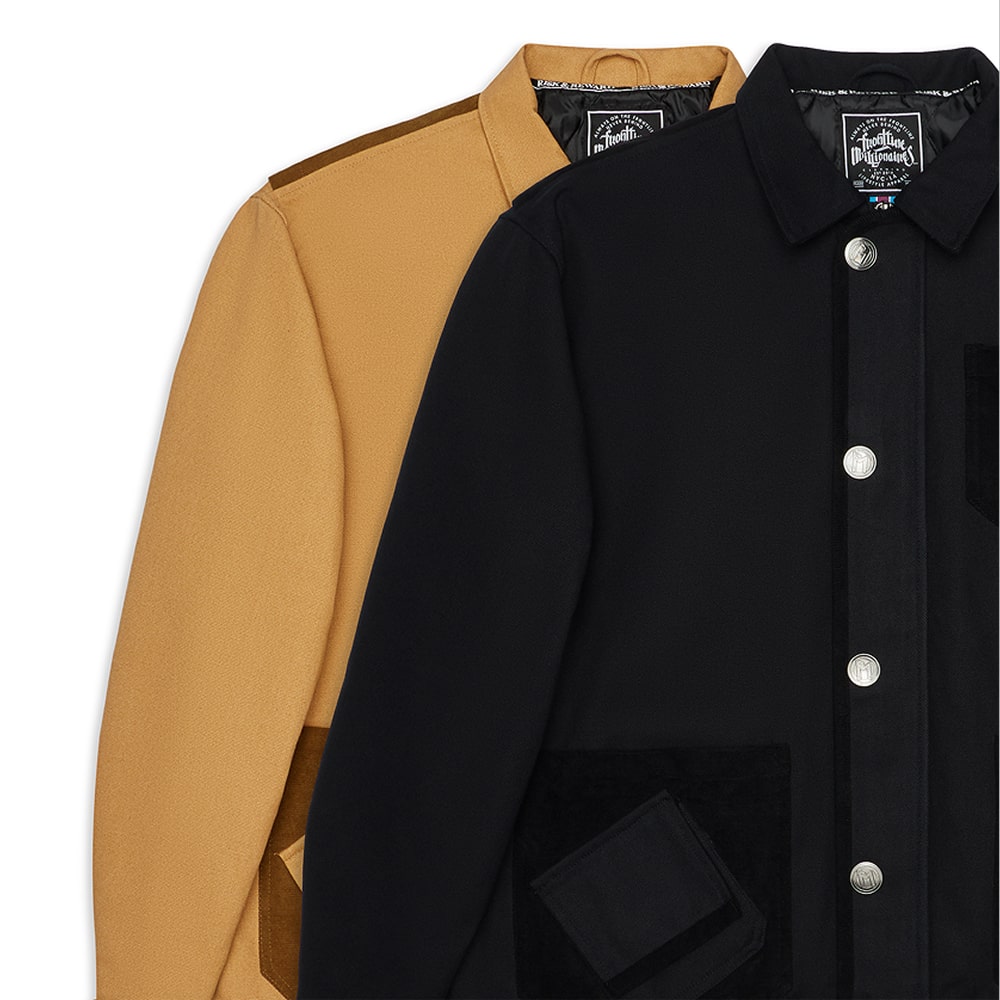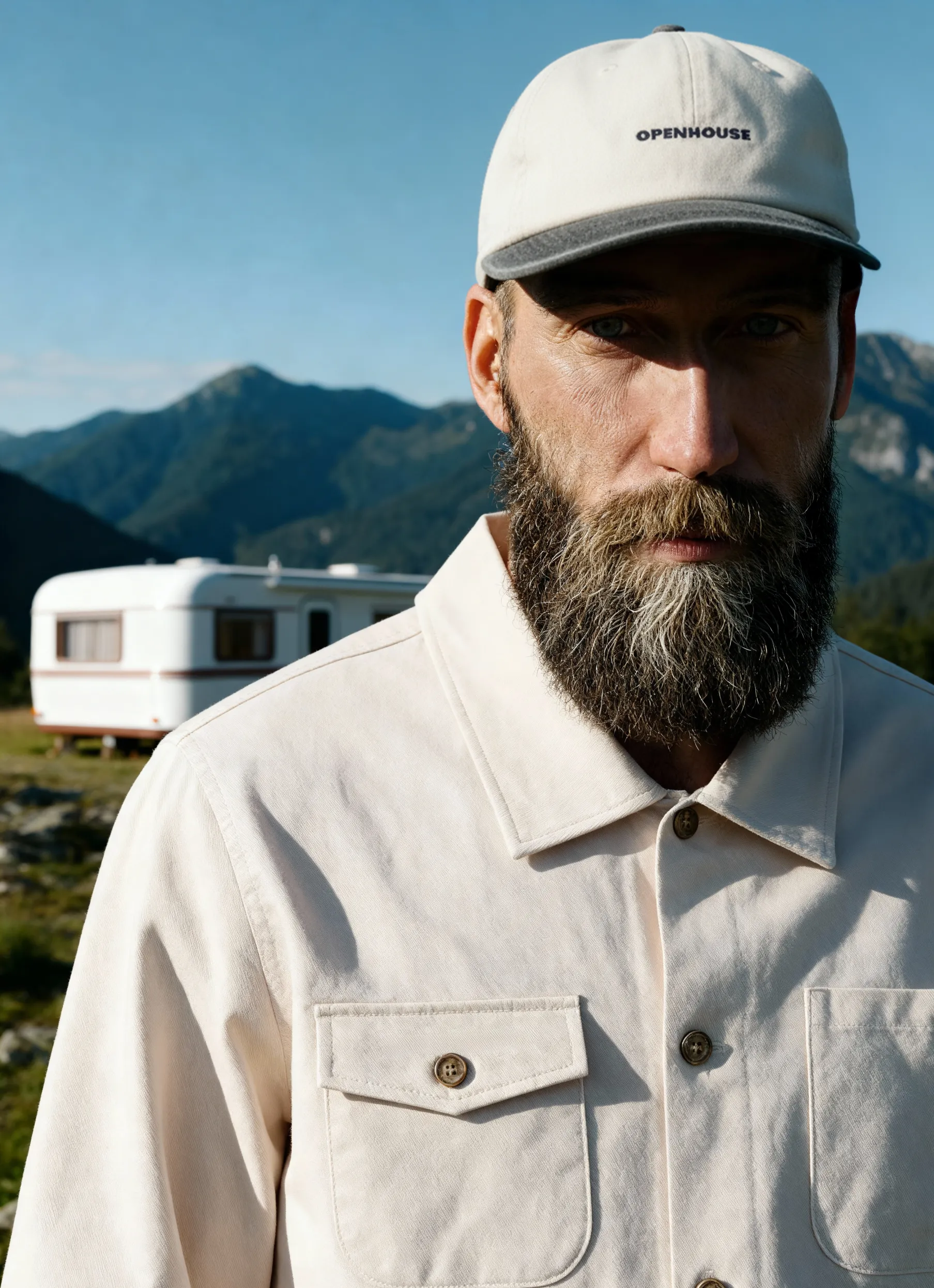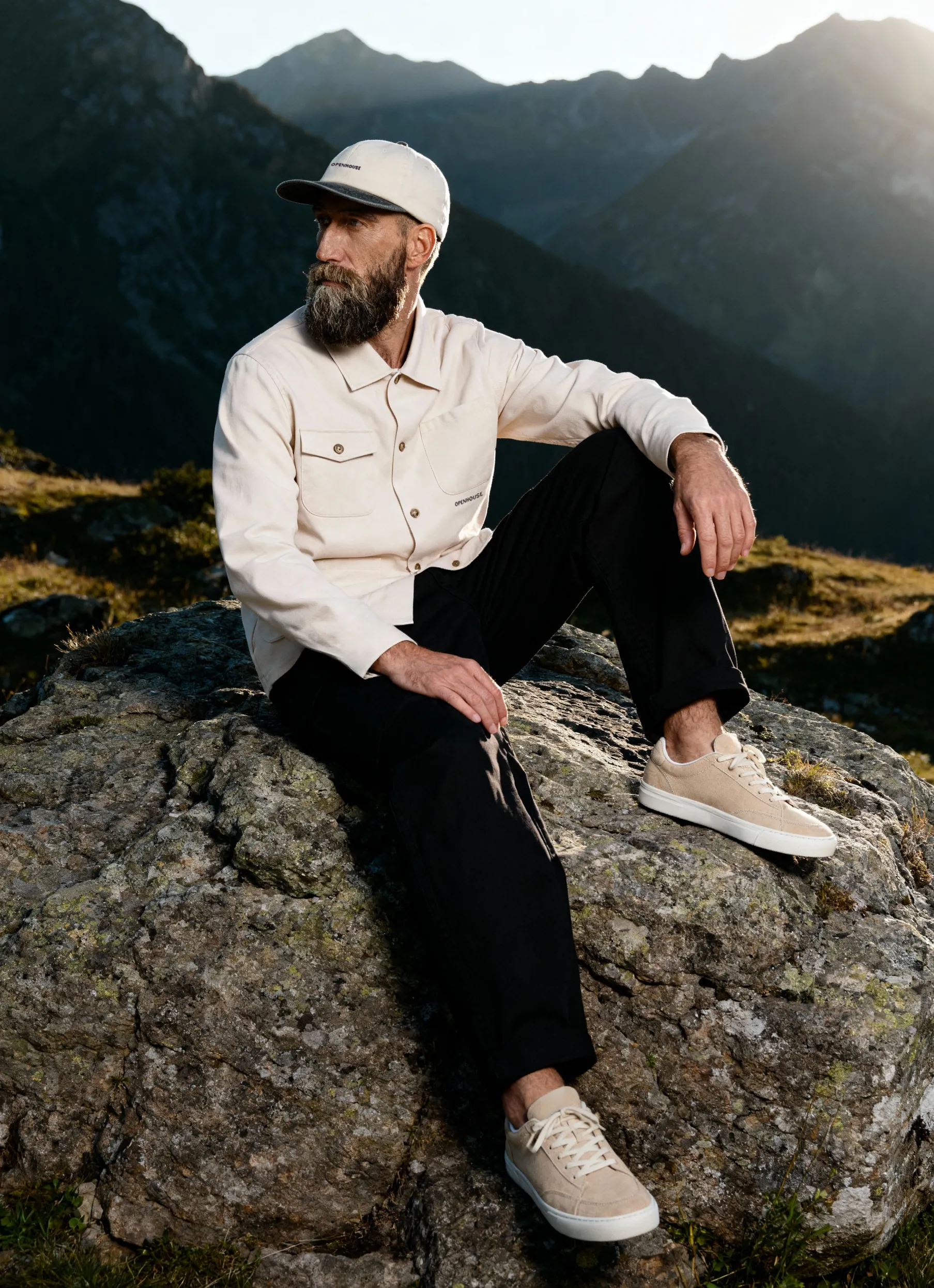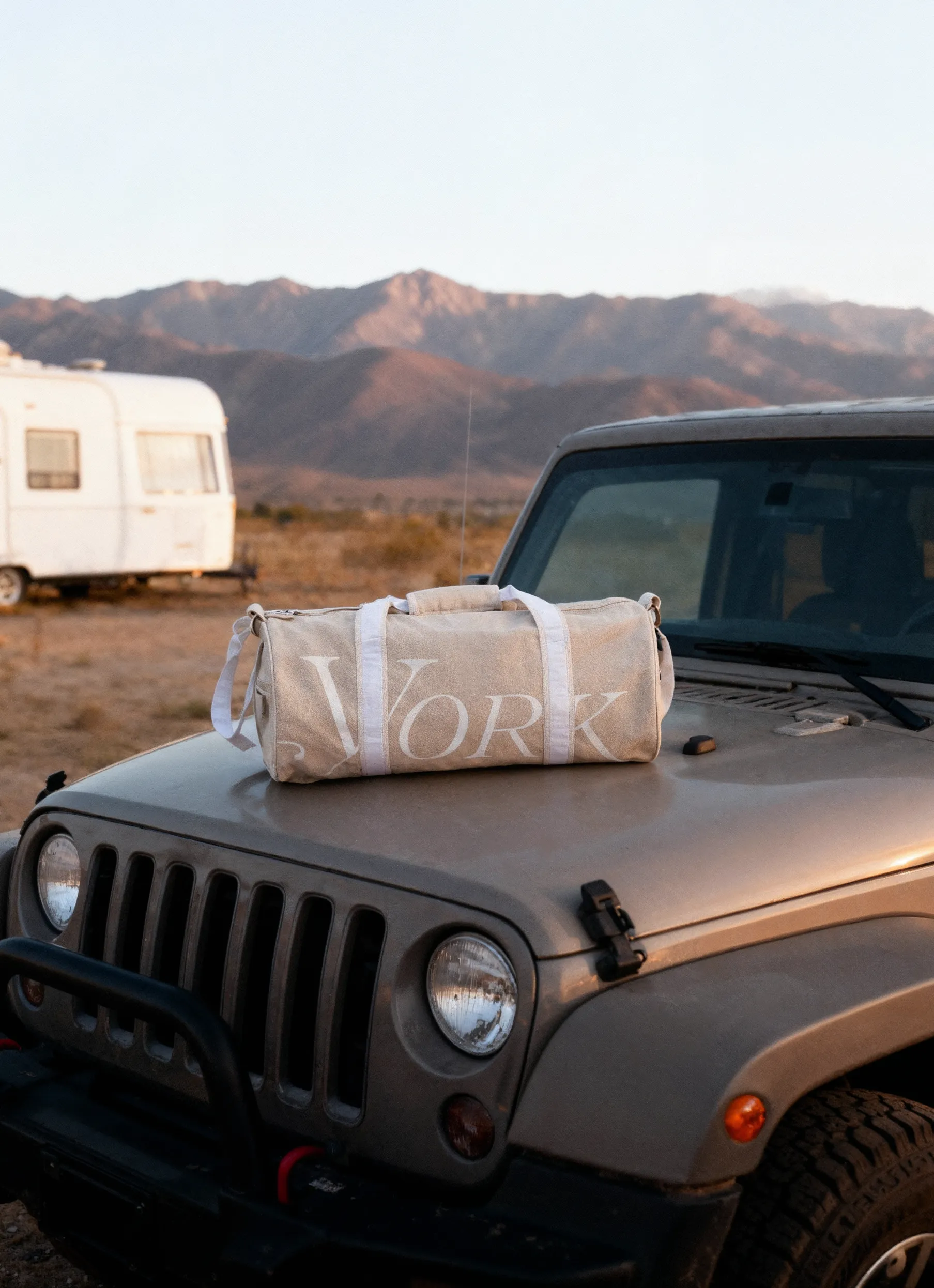Choosing between lifestyle shots and white background images depends on what you want your photos to do. It is a decision that shapes how customers perceive your products online.
Each style serves a different purpose — white backgrounds highlight clarity and detail, while lifestyle shots create context and emotional connection. Choosing the right approach can influence engagement, conversions, and brand identity.
The decision often depends on where the images will appear, your target audience, and your marketing goals. Many brands find value in using both styles strategically across channels.
With Squareshot, businesses can produce consistent, catalog-ready white background images alongside compelling lifestyle visuals in a single streamlined process.
This guide explains the differences, strengths, and best uses for each style.
Understanding Lifestyle Shots
Lifestyle shots show products in real-life settings. They highlight how your product fits into everyday use. These images help customers connect with your product visually. They focus on mood, context, and the story behind the product.
Definition of Lifestyle Imagery
Lifestyle imagery captures your product being used or worn. Instead of a plain background, the product appears within a scene that matches its purpose. For example, clothing might be shown outdoors or in a casual home setting. The goal is to show how the product fits into real life. These photos often include models or relatable environments. This creates a sense of use or experience.
Key Features of Lifestyle Shots
Lifestyle shots focus on mood and storytelling. They use natural lighting, varied backgrounds, and props that relate to the product’s use. The image composition includes people or environments that add life to the product’s context. Unlike plain white backgrounds, lifestyle shots often have richer colors and textures.
They can show movement, textures, and real moments. You’ll see details like how a shirt fits a model or how shoes look on a busy street. These elements highlight the product’s practical benefits and style.
Popular Use Cases
Lifestyle shots work well for e-commerce ads, website banners, and brand storytelling. When you want to show your product’s personality and daily use, these images connect better with viewers. For fashion, fitness gear, or home goods, lifestyle imaging can increase buyer engagement. You might also use lifestyle shots for catalog covers or promotional campaigns where showing a scene helps convey lifestyle choices linked to your brand.
These images support brand identity and create a stronger bond with your audience.
Exploring White Background Imagery
White background images keep the focus on your product. They provide a clean, clear look that makes details easy to see. This style works well for many items and fits the rules of major online sales platforms.
Characteristics of White Background Images
White background shots feature products placed against a pure white backdrop. This removes distractions and highlights the item’s shape, color, and texture. The bright, even lighting avoids shadows or reflections. These images are easy to edit. You can add text, logos, or change backgrounds if needed.
They often look consistent across different products, which keeps your catalog clean and professional. The simplicity suits quick viewing and fast decision-making by buyers.
Types of Products Best Suited
Products that benefit from white backgrounds usually have distinct shapes and details that buyers want to examine closely. Clothing, jewelry, beauty items, electronics, and small home goods fall into this group. Items with subtle color variations or fine textures also work well.
White lets these details appear clearly without color interference. If your product fits in a category with set rules (like clothing on Amazon), white background images help you meet those requirements.
Common Platforms for White Background Use
Major e-commerce sites like Amazon, eBay, and Walmart require or strongly prefer white backgrounds for their main product images.
This uniform standard ensures every listing looks clean and professional. Webstores powered by Shopify or BigCommerce also benefit from white background photos, especially when showing many products at once.
This style reduces visual noise and helps your customers focus on the product immediately. Using white background images makes it easier to maintain consistency across multiple channels.
Comparing Lifestyle Shots vs. White Background Imagery
Choosing between lifestyle shots and white background imagery depends on how you want to show your product and communicate with your audience.
Each style serves different purposes for visual appeal, brand messaging, and how customers interact with your product images.
Visual Impact and Storytelling
Lifestyle shots put your product in real-life settings. They show the product in use, which helps customers imagine how it fits into their daily lives. These images create mood and tell a story, making products feel relatable. You might see models using the items or scenes that match a specific lifestyle or season. White background images focus on clarity and detail. They isolate the product without distractions, highlighting shape, color, and texture.
These images are clean and consistent, so customers see exactly what they’re buying. White backgrounds also make it easier to change graphics or reuse the photo across different platforms.
Branding Considerations
Lifestyle photos build emotional connections by reflecting your brand’s personality and values. If you want to express a mood or target a lifestyle, these images support that goal. They work well for advertising or social media where context and feeling matter. Careful styling helps these images align with your brand identity and keep a polished look.
White background pictures support consistent branding. Using a plain white backdrop keeps your catalog or eCommerce pages uniform and professional.This helps customers focus on the product itself and builds trust through predictability. White background shots are the industry standard on platforms like Amazon and Shopify.
Differences in User Engagement
Lifestyle images can increase engagement by making products memorable. They invite users to explore how the product fits into their world. This can lead to longer page visits and better social media performance. If the setting is too busy or unclear, it may distract from the product details shoppers need. White background images reduce friction in buying decisions. Shoppers quickly understand what they’re viewing, which supports faster conversions.
These images are easy to scan in a gallery and maintain clarity across devices. For many eCommerce users, straightforward photos on white backgrounds provide the confidence needed to purchase.
Choosing the Right Imagery for Your Brand
Selecting the right imagery shapes how your products connect with buyers and fit where you sell them. Consider what fits your brand style, who you want to reach, and what resources you have available.
Factors to Consider
Think about your brand identity and how you want buyers to feel. Lifestyle shots show products in real use, helping customers imagine owning them. White background images focus purely on the product, which works well for clear catalog or marketplace listings. Consider where your images will appear. White backgrounds often meet marketplace requirements like Amazon or Walmart. Lifestyle images perform better on social media and websites where engagement matters.
Also, keep consistency in mind. Mixing different styles can confuse customers. Make sure the images tell a clear, uniform story about your brand.
Audience Preferences
Your target audience’s habits influence image choice. If your buyers want to see how products fit into daily life, lifestyle shots speak directly to them. For example, clothing brands often use models to show fit and movement. If shoppers prefer quick, straightforward details, white background images give clean views of size, shape, and color.
This appeals to customers browsing multiple products quickly or buying technical items. Use customer feedback or sales data to help decide. Look for patterns like higher engagement on lifestyle photos or better conversion with plain background visuals.
Budget and Resources
Lifestyle photography usually requires more time, planning, and budget. You might need models, locations, and additional styling. This adds to costs but can improve the emotional impact of your images. White background images tend to cost less and are faster to produce. Shooting in a controlled studio setup or at home with proper lighting minimizes retakes and editing time. If your budget is limited, start with white background shots for your core catalog.
You can add lifestyle photos for campaigns or key products when resources allow. Choosing a studio with flexible pricing and remote shoot options can help manage costs and speed.
Photography Techniques and Tools
To capture lifestyle and white background images well, focus on lighting precision and the right camera settings for each style. These elements ensure your product photos look clear, appealing, and true to their real-life appearance.
Lighting Tips
For white background shots, use bright, even light to remove shadows and highlight the product’s details. Softboxes or light tents work well to create consistent, shadow-free backgrounds. Avoid harsh lighting that causes glare or uneven colors. Lifestyle shots need more natural or creative lighting to set a mood. Use directional light or soft window light to create depth and show how the product fits into real-life scenes.
Adding subtle shadows helps the image feel more authentic. Balance your light sources and check color temperature to keep colors accurate. Using reflectors or diffusers can soften the light and reduce unwanted shadows on both styles.
Camera Settings for Each Style
For white background images, set a narrow aperture (around f/8 to f/11) to keep every detail in focus. Use a low ISO (100-200) to avoid noise and a shutter speed that matches your lighting. Shoot from a straight angle to maintain product proportions. Lifestyle shots benefit from a wider aperture (f/2.8 to f/5.6) to blur the background and draw attention to the product and the scene.
Adjust ISO higher if shooting indoors, but avoid noise. Use slower shutter speeds if you have steady support like a tripod. Use manual focus to control sharpness on key product areas in both styles. Shoot in RAW to retain image quality for post-processing flexibility.
Editing and Post-Production
Editing shapes how your images communicate your product’s story. It balances polishing details with keeping the photo natural and useful for your audience.This process varies between lifestyle shots and white background images because of their different purposes and styles.
Retouching Lifestyle Images
Lifestyle photos often need targeted retouching to enhance mood without losing realism.
Smooth skin tones, adjust lighting to keep natural shadows, and remove distracting blemishes or spots. Focus on subtle fixes that keep the product as the star without the background overpowering it.
Because these images show real-life use, post-production might include color tweaks for mood and spot editing for distractions. Keep the product’s appearance true to how customers will see it in everyday settings.
Optimizing White Background Photos
White background photos need clean, distraction-free edits that highlight your product’s details.
Perfect exposure, eliminate shadows or color casts, and ensure the background is uniformly white. This creates a consistent look, which is important for e-commerce platforms. Retouching here might involve removing dust or reflections and sharpening edges so your product stands out crisply.
Since these images are the basis for other creative uses, keeping them simple and clear reduces the need for complex post-processing. Aim for fast, clean photos ready for catalogs or marketplaces.
Integrating Imagery Into Marketing Strategy
When you plan your marketing strategy, choose imagery that fits your audience and sales goals.
White background images work well for clean, clear product details. They keep the focus on your product and are easy to use on e-commerce sites.
Lifestyle shots add context by showing products in real-life settings. These images help customers imagine using your product and connect emotionally, which can boost interest on social media or ads.
Use a mix of both types to balance clarity and storytelling. For example:
Test your images in different marketing channels to see what works best. Use split tests or platform tools like Meta Ads Manager to compare performance. Keep the style consistent across all images. This includes angles, lighting, and background tones.
Consistency builds trust and makes your store look organized. Use images that fit your brand’s mission and tagline.
Clear, catalog-ready photos help people shop with confidence and make your marketing more effective.
Emerging Trends in Product Photography
Technology is changing how product photos are made. You can now use AI tools to speed up editing, remove backgrounds, and improve image quality. You get consistent photos faster, which saves time for your projects.
Augmented Reality (AR), Virtual Reality (VR), and 3D product images are becoming popular. These let your customers see your products in new ways, beyond just flat pictures.
You can create interactive experiences that help shoppers understand details and size better.
AI editing and visualization tools offer benefits like:
- Faster processing time
- Cleaner images
- More creative freedom with backgrounds or props
Styles like lifestyle shots and white background photos serve different roles. Lifestyle photos show products in use and create a mood.
White background images keep focus on the product and work well for catalogs or marketplaces like Amazon. Using both types in your marketing can improve how customers see your brand.
Emerging trends help you stand out by blending traditional shots with new tech-driven visuals. This mix gives you flexibility to tailor your images for different platforms and audiences.
Final Insights on Lifestyle vs. White Background Photography
Lifestyle shots and white background imagery each offer distinct advantages for e-commerce brands. Lifestyle photos create mood, tell a story, and help customers picture products in real use.
White background images provide clarity, meet platform requirements, and keep catalogs consistent. Using both styles strategically allows you to balance emotional appeal with clear product presentation.
The choice comes down to your audience, sales channels, and available resources. For brands that want both precision and storytelling in their visuals, Squareshot delivers consistent, platform-ready images across both styles.
Start your next shoot to maximize the impact of your product photography.
Frequently Asked Questions
Choosing between lifestyle shots and white background images depends on your product and marketing goals. Each type serves a different purpose and influences how customers see your products.
What are the benefits of using lifestyle shots for product photography?
Lifestyle shots show your product in real-life settings. They help customers imagine using the product in everyday situations. This builds an emotional connection. Lifestyle shots can also highlight product features naturally.
How do lifestyle images impact customer engagement compared to plain white backgrounds?
Lifestyle images tend to increase engagement because they tell a story around the product. They encourage customers to see the product as part of their lifestyle. This approach can boost interest and sales more than simple white background photos.
When is it more appropriate to use a white background for product photos?
Use white backgrounds when you need clean and distraction-free images. This works best for catalog listings and marketplaces like Amazon. Choose white backgrounds when showing product details clearly is your priority.
What considerations should be taken when choosing between lifestyle imagery and white backgrounds?
Think about your brand identity and where you’ll display the images. Lifestyle images work well for ads and social media. White backgrounds fit eCommerce stores and comparison shopping. Budget, editing needs, and platform rules also matter.
How do I choose the best background color to complement my product?
If you move beyond white, pick background colors that contrast with your product. This helps your product stand out. Neutral tones work well. Test different options to see which draws more attention without clashing.
What are some tips for effectively using white backdrops in photography?
Use good lighting to avoid shadows and keep the background consistent. Reflecting cards or diffused light help keep the product sharp and clean. White backgrounds make editing easier. They also provide flexibility for adding graphics or changing backgrounds later.

Product A
SQUARE SHOT








